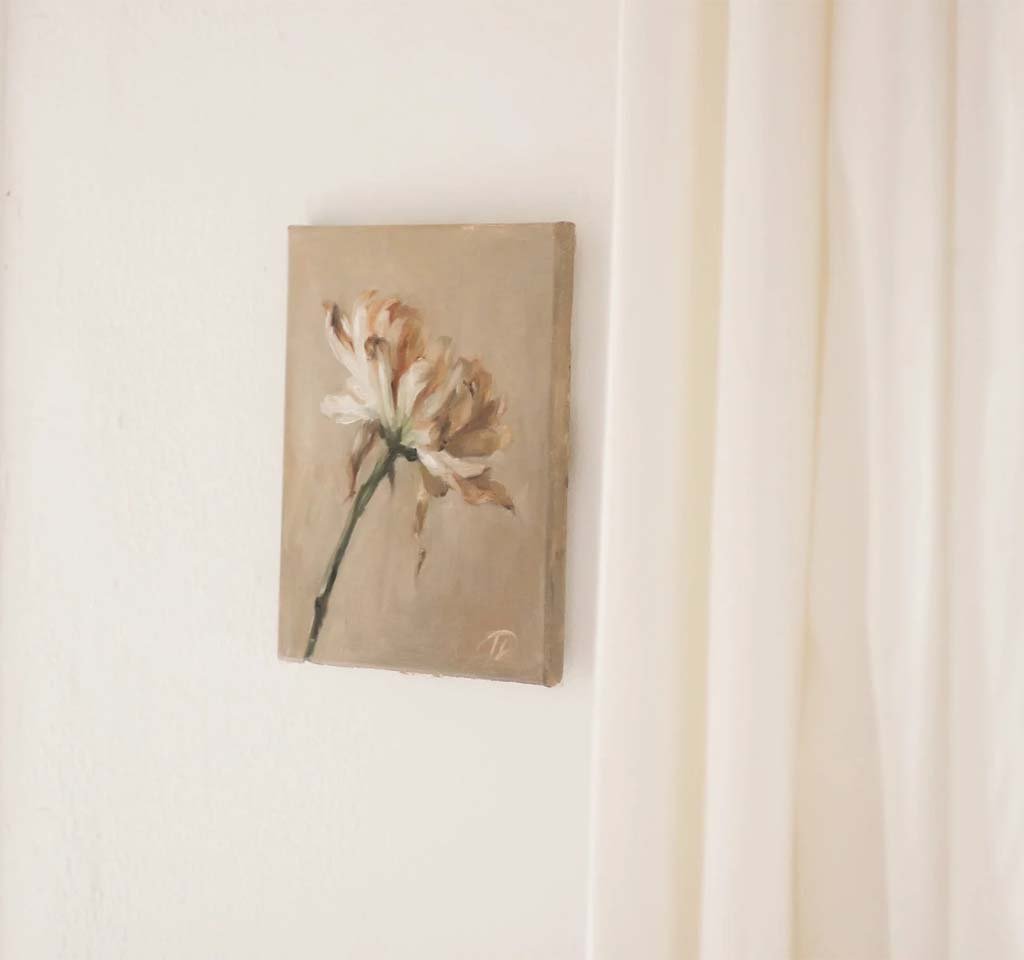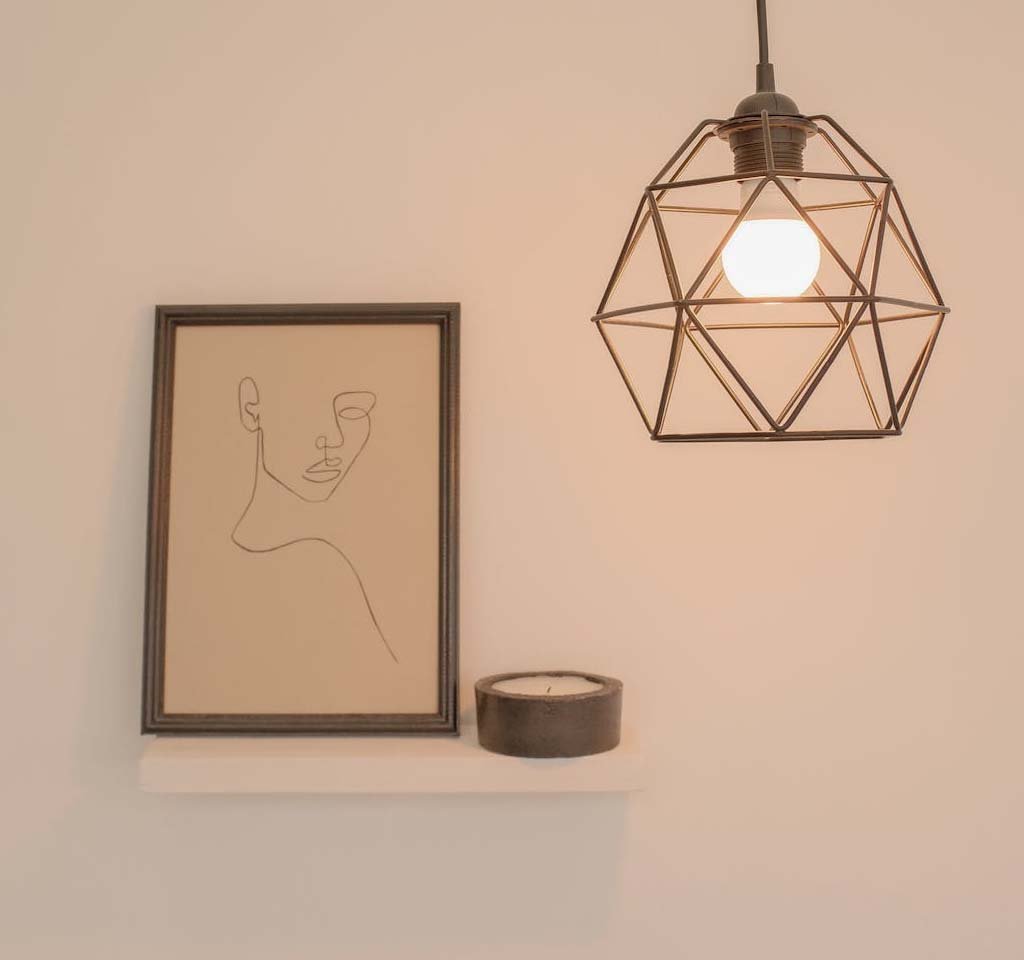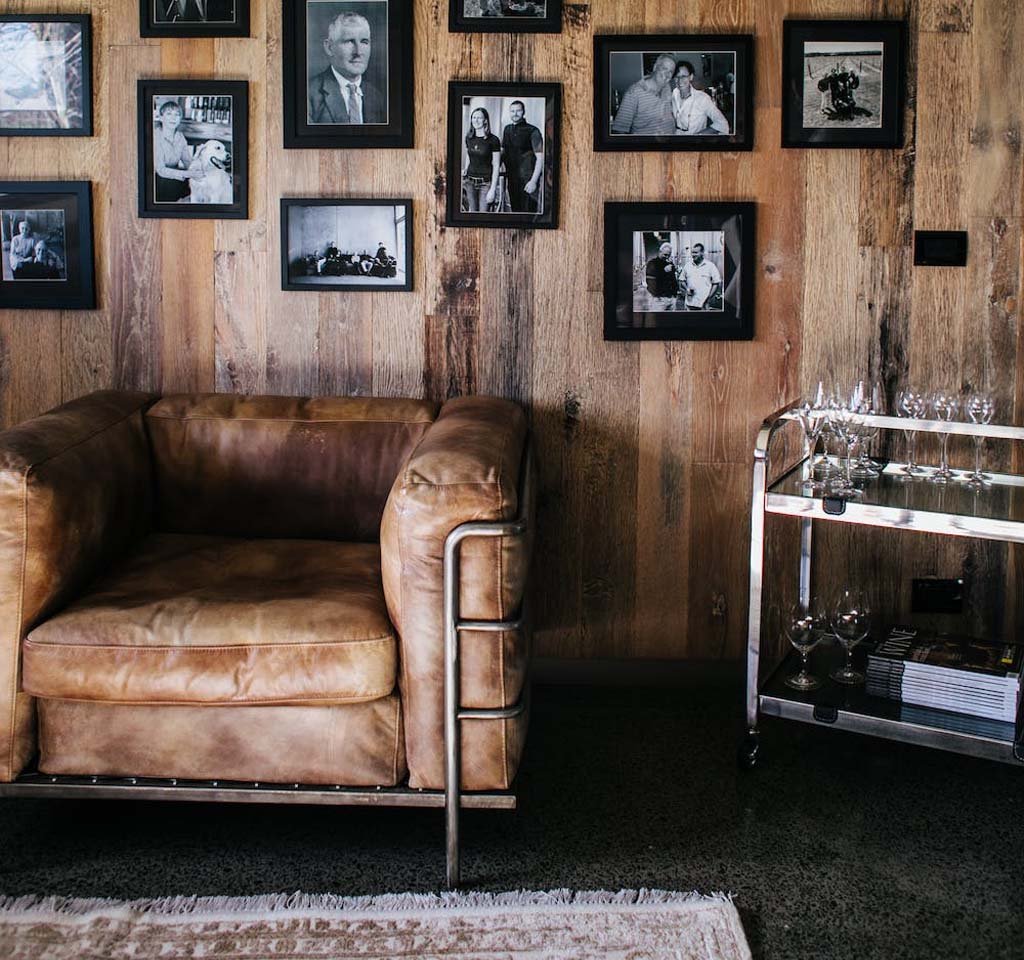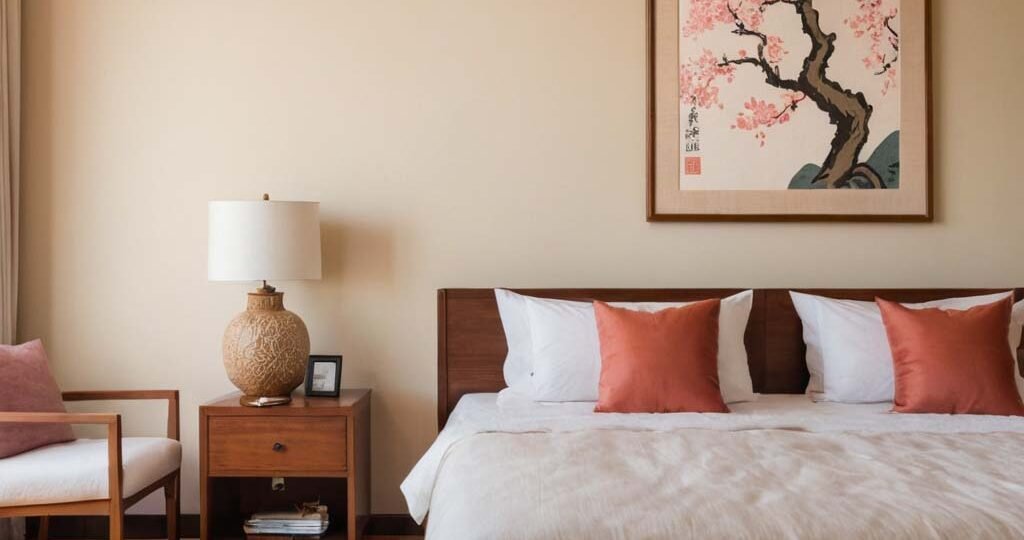
Contents
The Timeless Allure of Japanese Art Styles Through History
The art of Japan is a rich tapestry that weaves together a story that spans thousands of years, with each brushstroke and design reflecting the nation’s historical journey. As an interior designer, I am constantly drawn to the depth and history of Japanese art styles, each offering a unique narrative and aesthetic that has the power to transform modern living spaces. Whether it’s the delicate beauty of traditional woodblock prints or the serene simplicity of Zen-inspired designs, Japanese art can bring a sense of tranquility and timeless elegance to any interior.
A Journey Through Japan’s Artistic Heritage
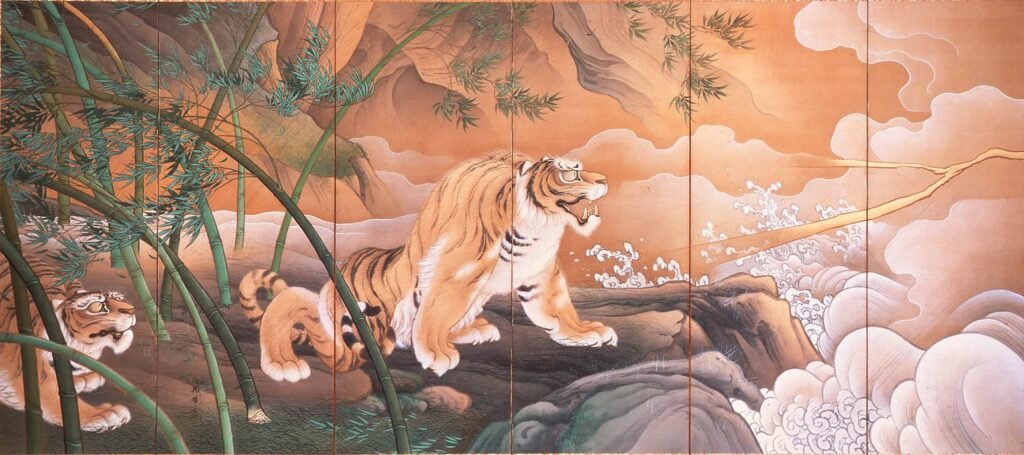
Japanese traditional art is a window into the soul of its history, embodying the nation’s philosophical and spiritual quests. These art forms have been honed over centuries, influenced by various eras and rulers, and are characterized by a profound respect for nature and the philosophy of wabi-sabi, the acceptance of transience and imperfection. The intricate designs and techniques used in traditional Japanese art reflect the deep connection between the artists and their natural surroundings, as well as their reverence for simplicity and understated beauty. From delicate calligraphy to vibrant ukiyo-e woodblock prints, each art form tells a story of Japan’s rich cultural heritage and its enduring commitment to preserving tradition.
The Courtly Elegance of Heian Period Yamato-e
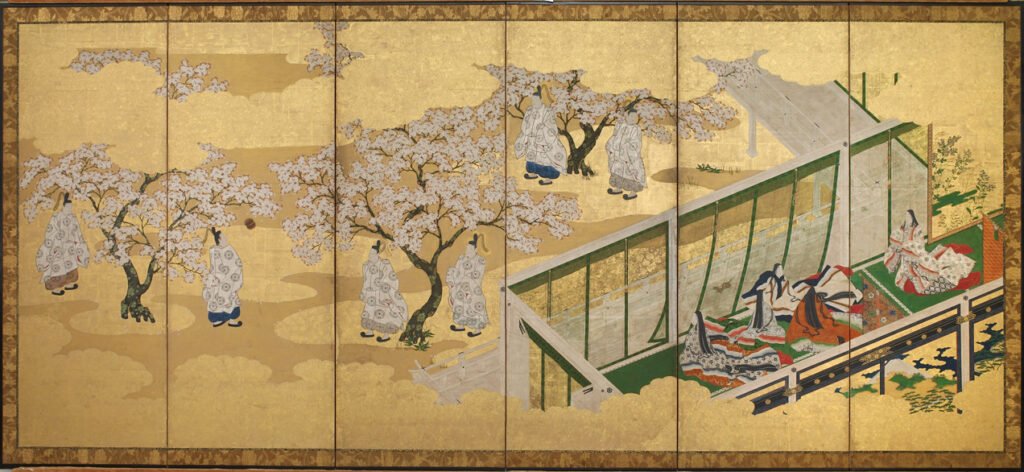
Yamato-e emerged in the Heian period (794-1185), a time of aristocratic refinement and poetic expression. These paintings celebrate Japanese landscapes and narratives, often depicting scenes from The Tale of Genji or the changing beauty of the seasons. Yamato-e’s rich palette and attention to detail make it a luxurious addition to any space, evoking Japan’s golden age of artistry. The intricate and vibrant depictions in Yamato-e paintings capture the essence of Japanese culture and history, making them a captivating and culturally significant art form.
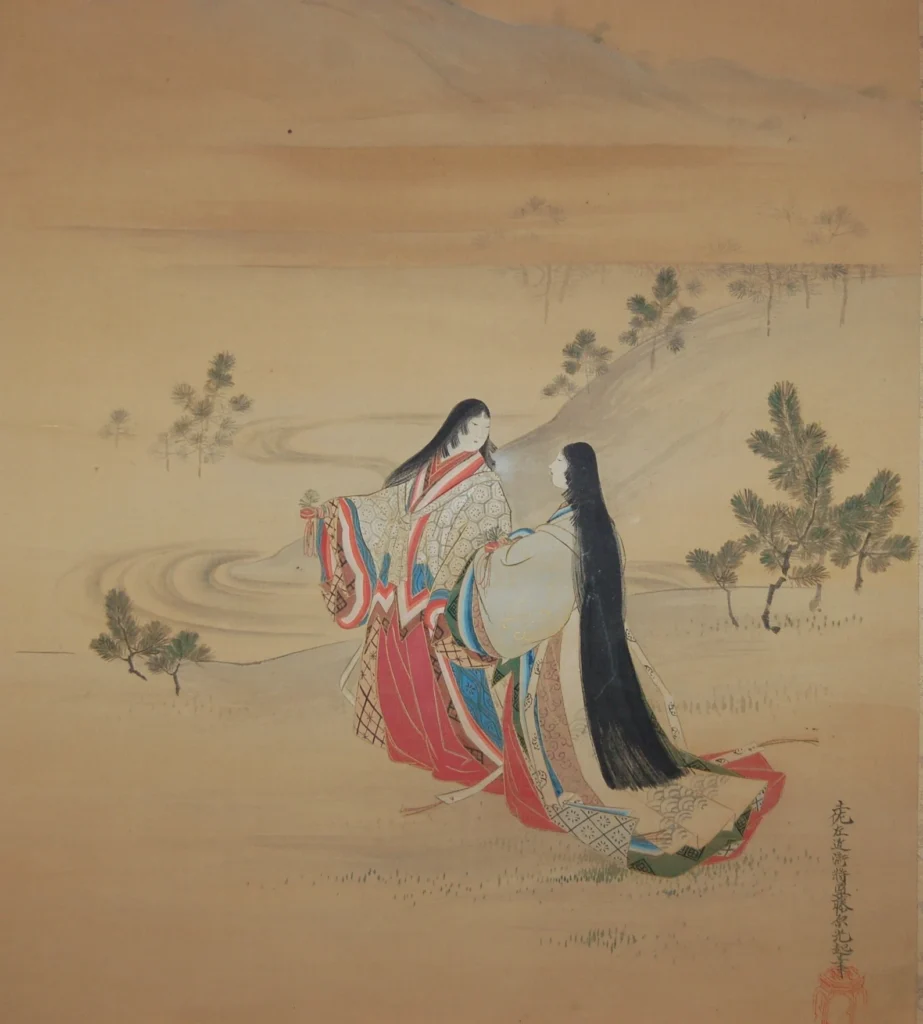
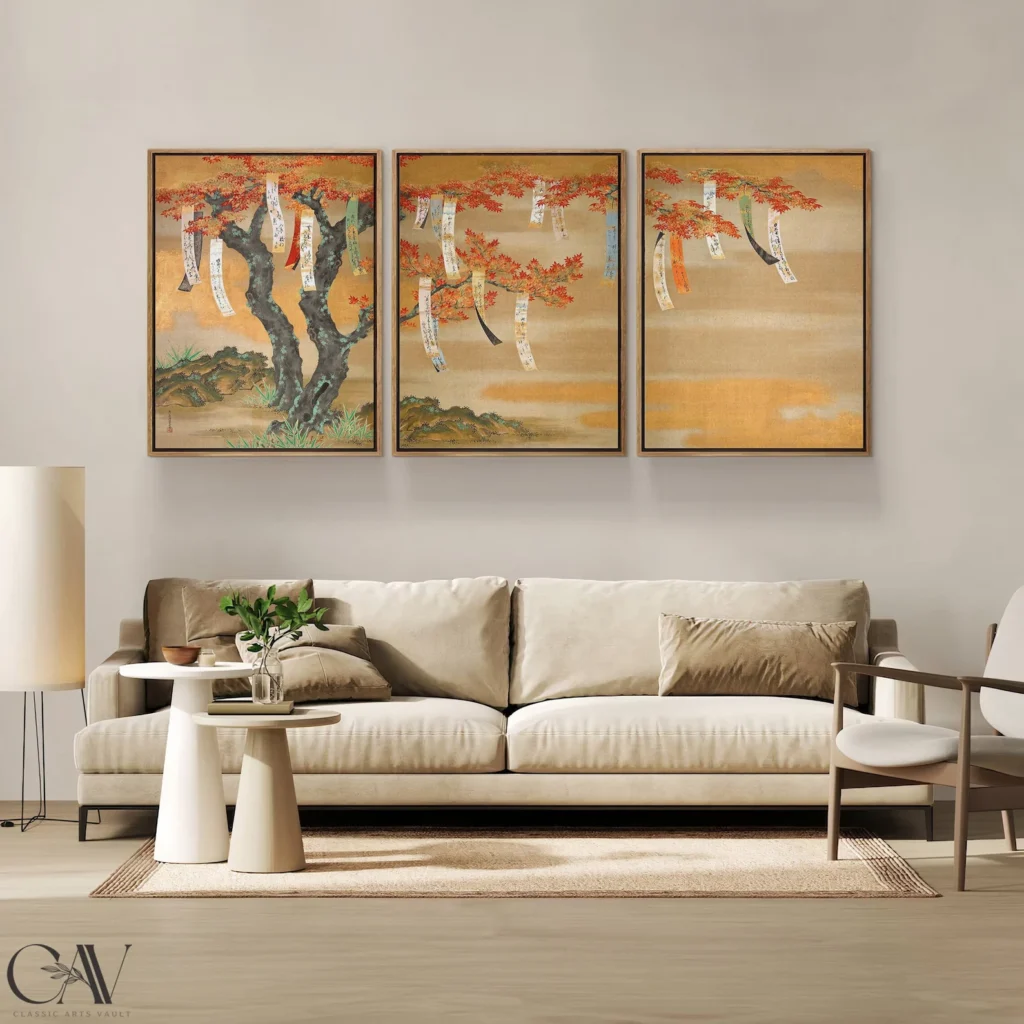
The Beauty of Japanese Ink Wash Painting: Sumi-e
Sumi-e, or Suibokuga, is an enchanting form of traditional Japanese ink-wash painting that emerged in the 14th century. This art form, which finds its roots in the Muromachi period—a time rich with cultural exchange—draws heavily from Chinese ink painting techniques and is deeply intertwined with the principles of Zen Buddhism. The essence of Zen, with its focus on simplicity, spontaneity, and a profound connection to nature, breathes life into the delicate strokes of Sumi-e.
In the hands of a Sumi-e artist, simple tools come alive: brushes crafted from fine animal hair and ink sticks made from a blend of soot and animal glue. The ritual of grinding the ink is as much a part of the art form as the painting itself, a moment of contemplation and preparation.
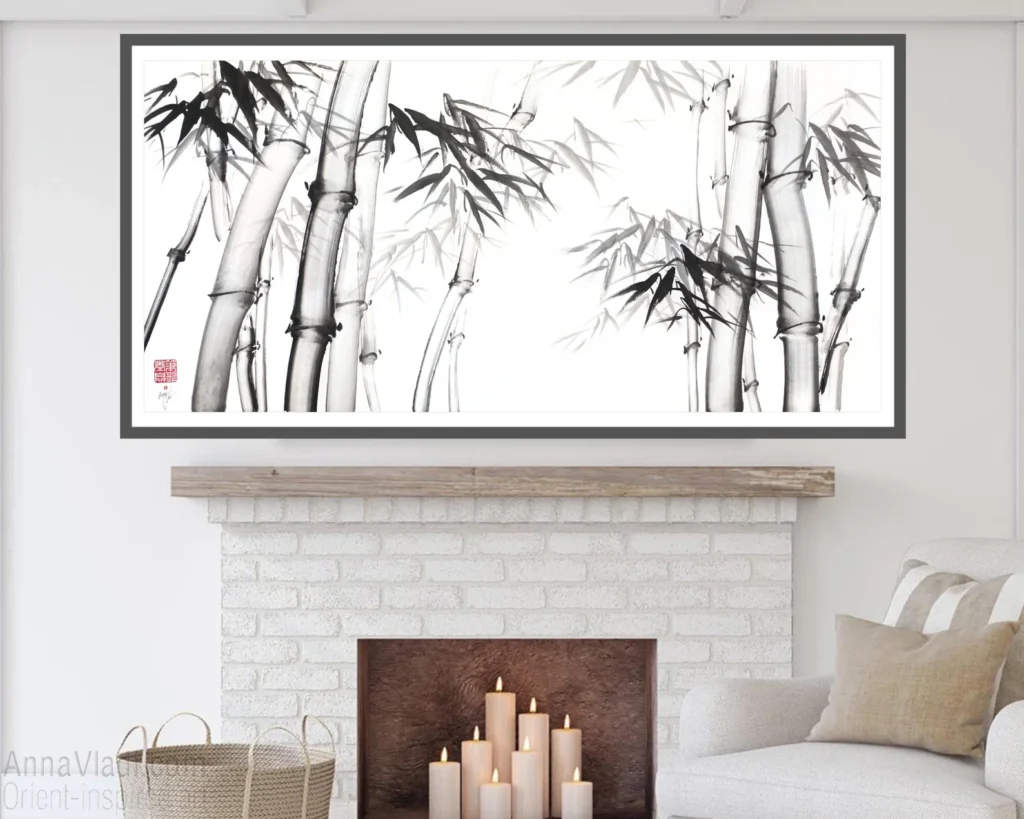
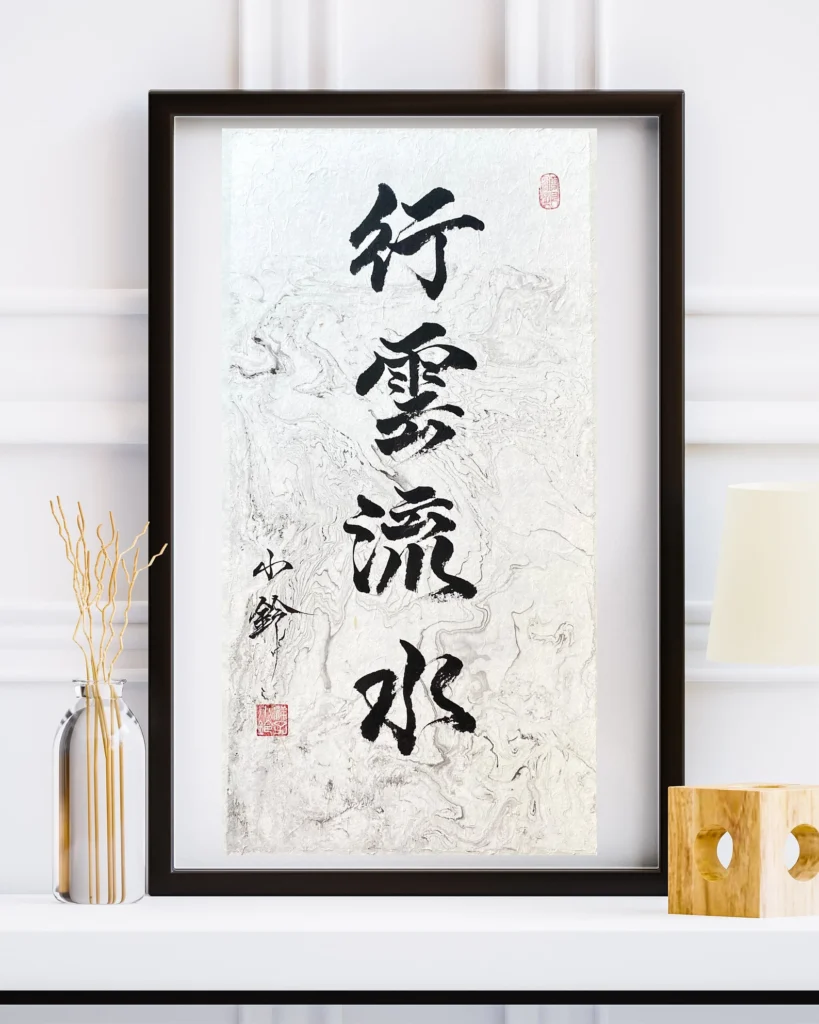
For those looking to infuse their space with a sense of peace and artistic depth, Sumi-e offers more than a decoration—it offers a window into the philosophical soul of Japan, a chance to embrace the beauty of the understated and a reflection of the harmony that Zen seeks to teach us.
Capturing the Edo Period’s Vibrancy with Ukiyo-e
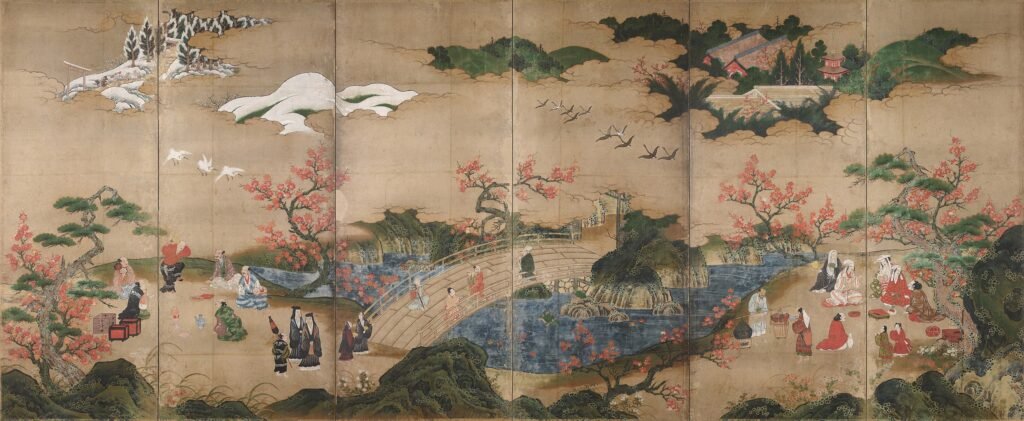
During the Edo period (1603-1868), Ukiyo-e, a genre that depicted the vibrant urban culture of the time, experienced a significant rise in popularity. Renowned artists such as Hokusai and Hiroshige skillfully portrayed the world of kabuki actors, sumo wrestlers, and the transient beauty of nature through their prints. Ukiyo-e prints, characterized by their striking lines and vibrant colors, can bring a sense of historical yet timeless elegance to modern interior spaces.

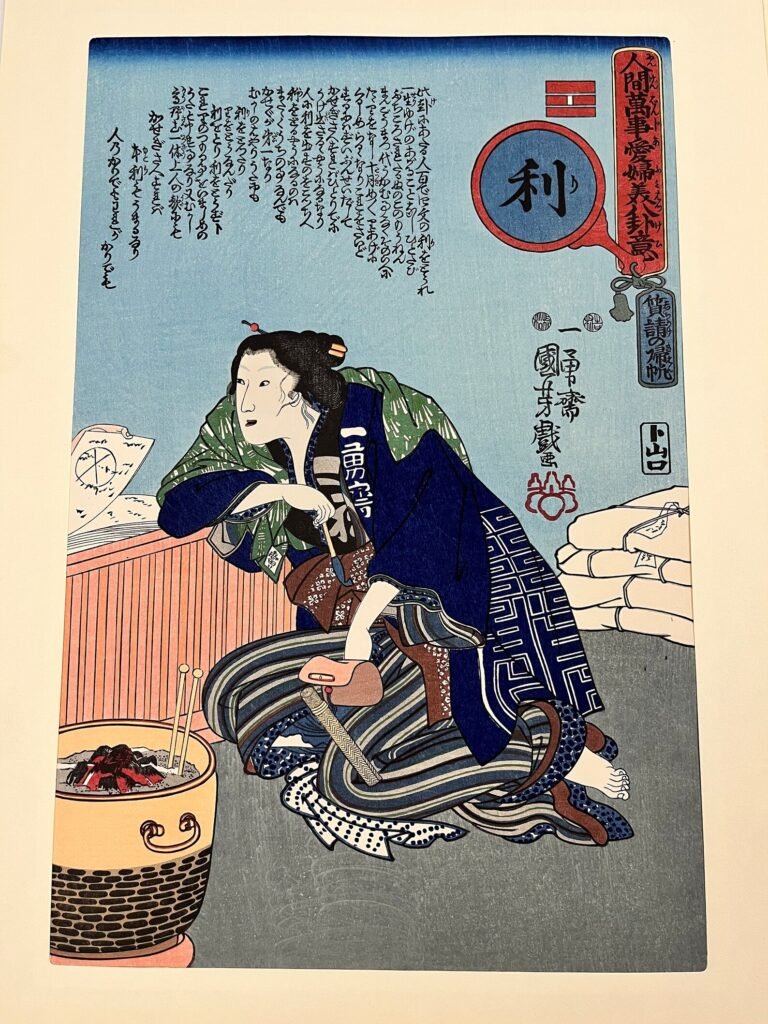
Kiri-e: The Art of Paper and Precision
Kiri-e, a traditional Japanese paper-cutting art form, demands a steady hand and a meditative spirit, qualities that Japanese artisans have honed over centuries. The delicate designs created through this technique can cast enchanting shadows on walls, infusing any room with a serene and contemplative atmosphere. This ancient craft not only showcases the skill and precision of the artist but also brings a sense of tranquility and beauty to its surroundings.
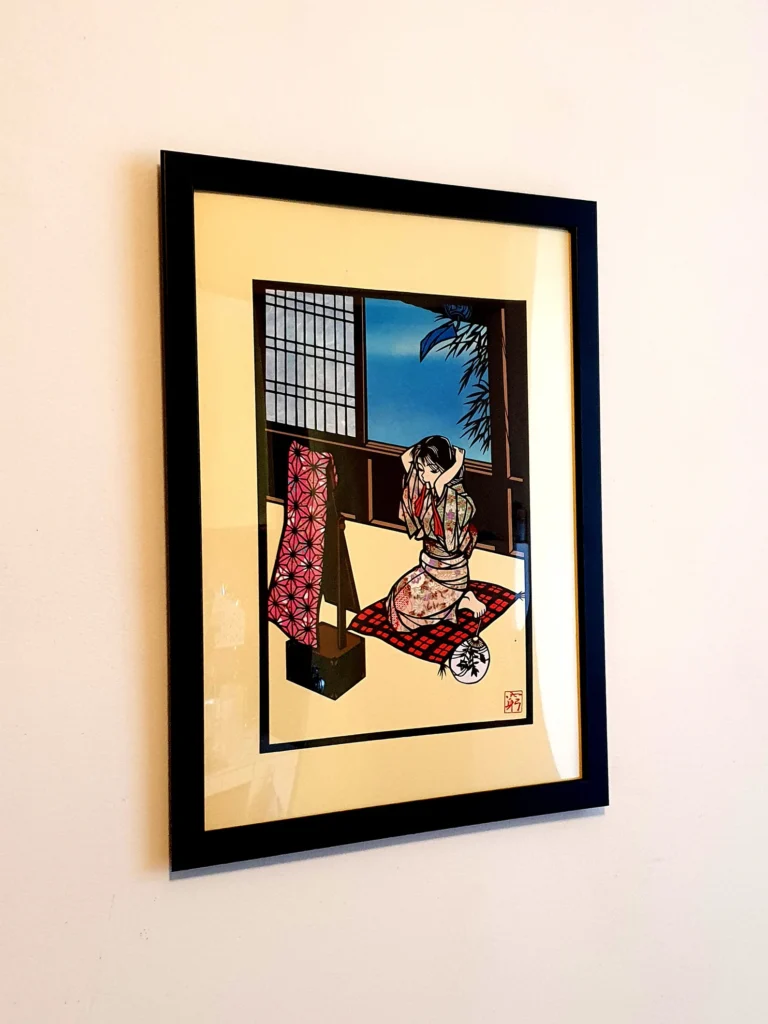
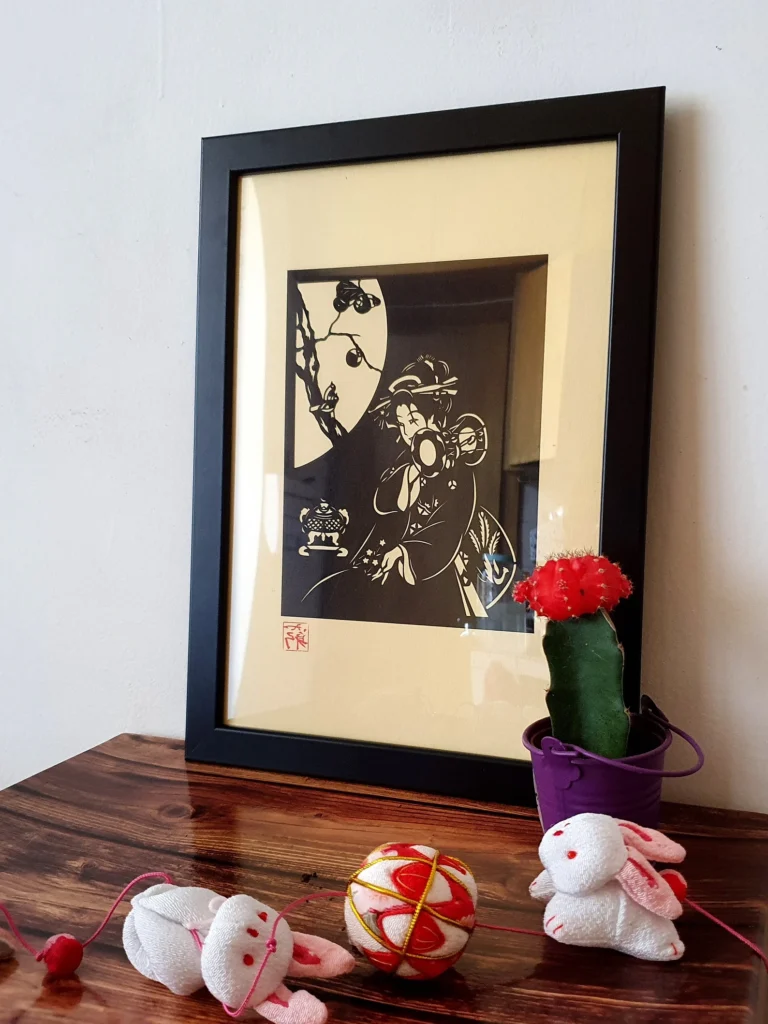
Kacho-ga: Celebrating Nature’s Splendor
Kacho-ga, a style of Japanese painting that focuses on birds and flowers, flourished during the Edo period as a way to bring the outside world into the home.
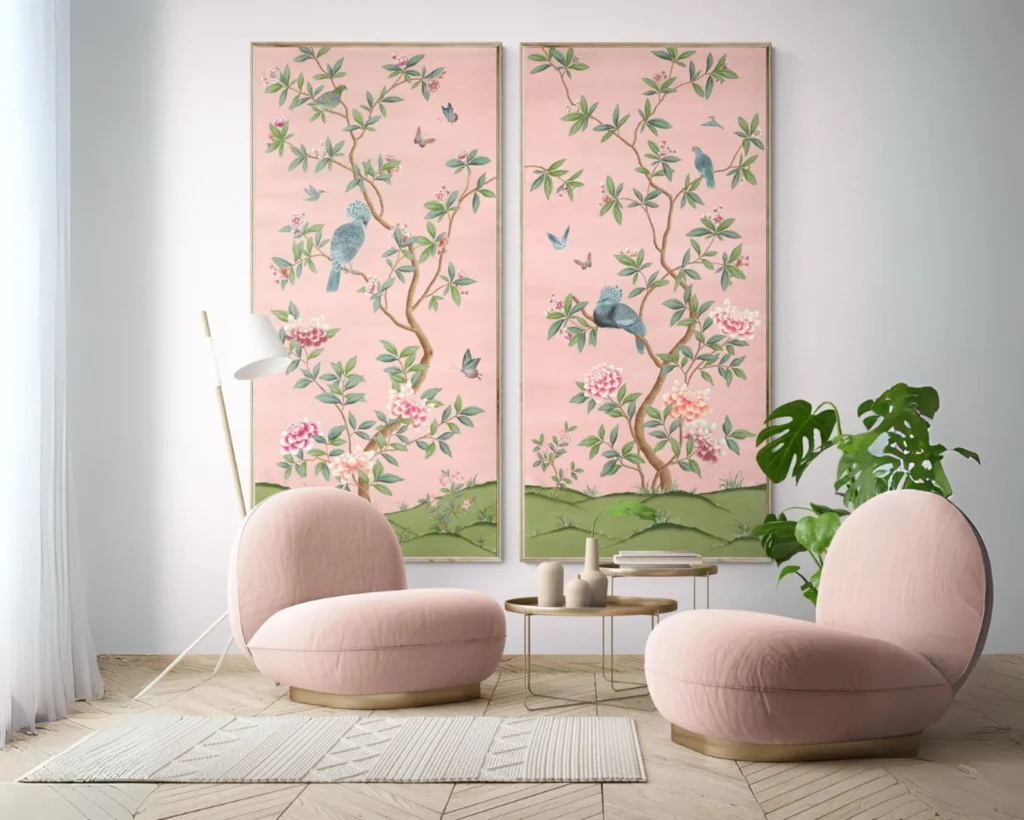
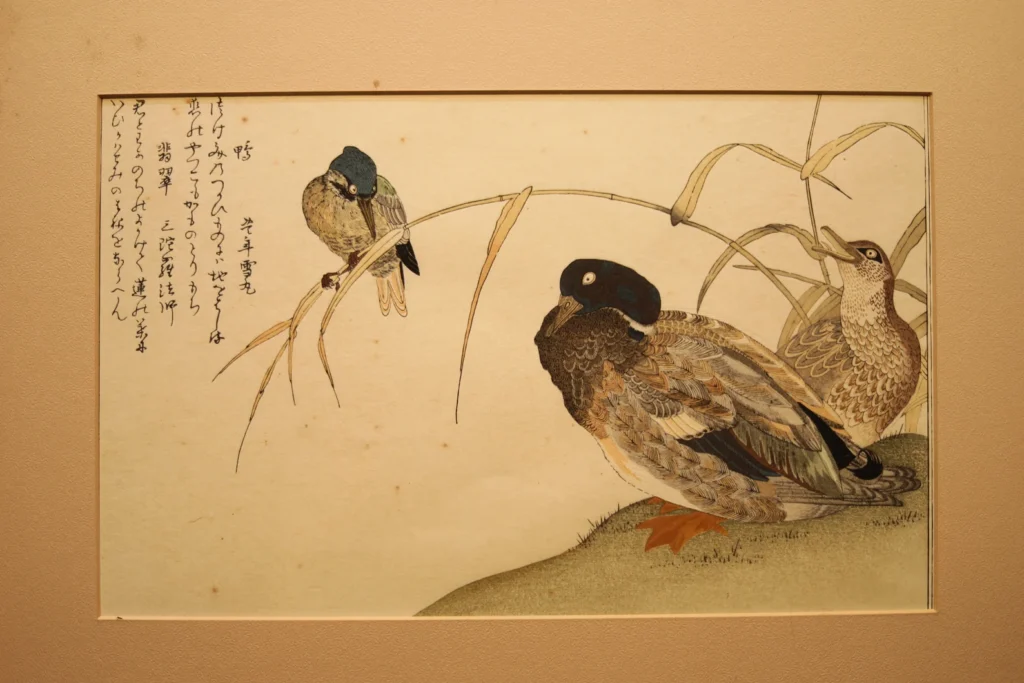
These pieces are a testament to the Japanese tradition of honoring and observing the minutiae of the natural world. Incorporating Kacho-ga into your decor can create a peaceful and vibrant connection to nature, bringing a sense of tranquility and beauty into your living space.
Nihonga: Bridging Tradition and Modernity
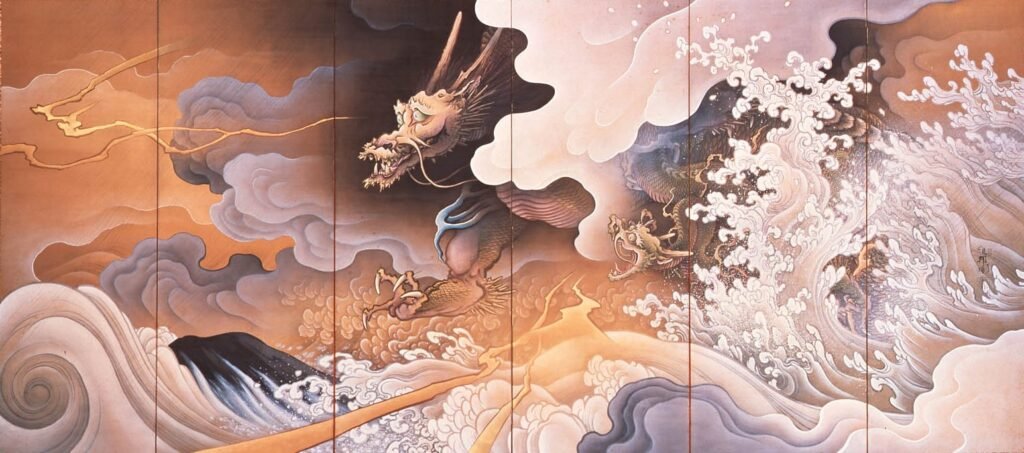
In the Meiji period (1868-1912), as Japan opened up to Western influences, Nihonga was born to preserve traditional Japanese painting techniques. Nihonga artists use natural pigments made from shells, corals, and minerals, applying them to washi or silk. This style offers a serene and refined aesthetic that can complement both traditional and modern homes.
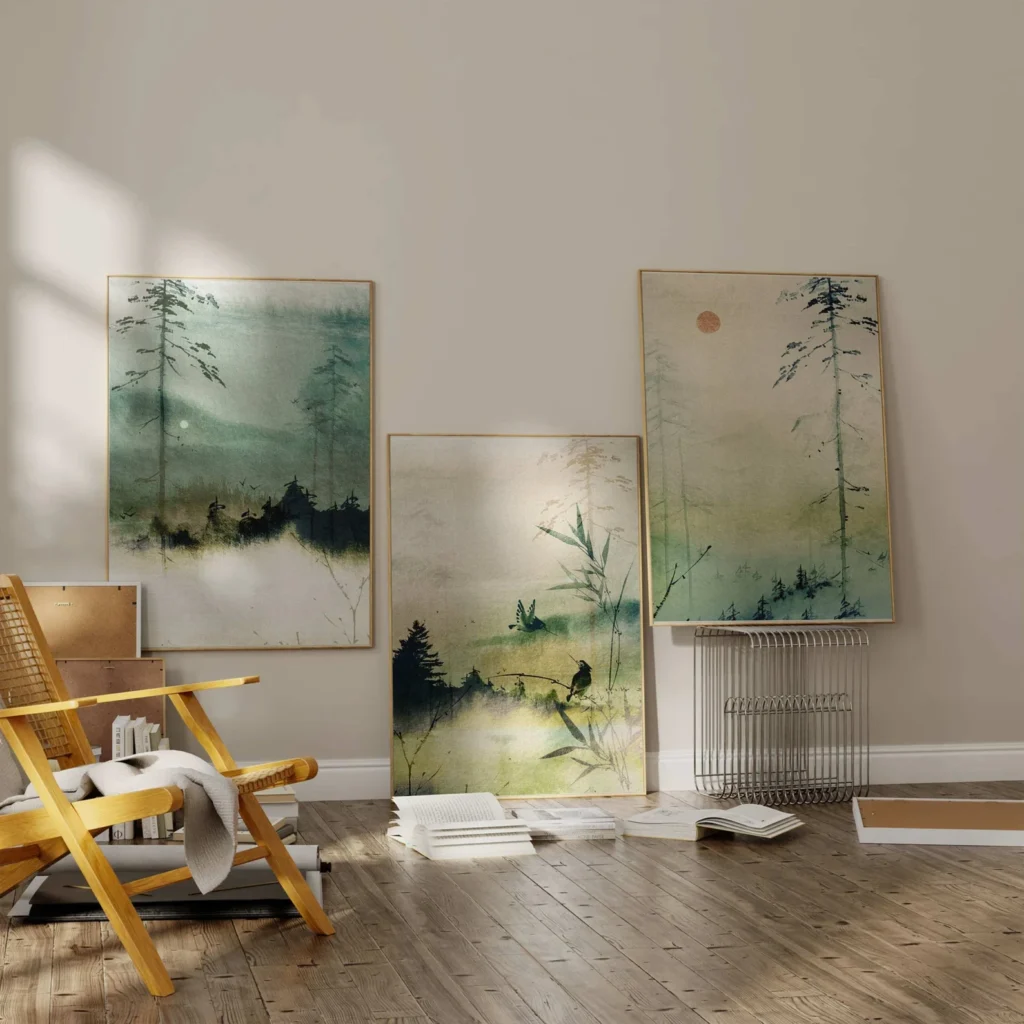
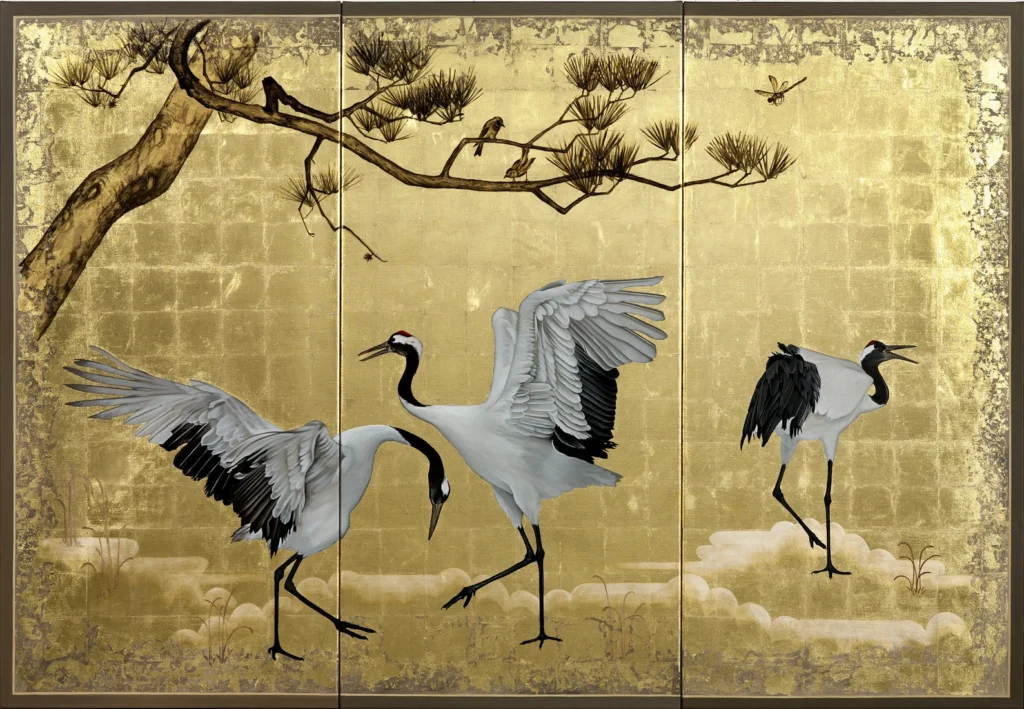
Nihonga’s emphasis on natural materials and traditional techniques makes it a timeless and versatile art form that can enhance the atmosphere of any living space, whether it be a traditional Japanese home or a modern, minimalist apartment.
Conclusion: Enriching Modern Interiors with Historical Japanese Art
Integrating Japanese art into contemporary design is a way to connect with centuries of culture and history on a daily basis. From the elegant Yamato-e to the nature-inspired Kacho-ga, these art styles offer a special chance to incorporate the timeless spirit of Japan into our living spaces. By adorning our homes with these pieces, we honor the enduring legacy of Japanese art and its ability to transcend time and place, creating a sense of connection to the rich traditions of the past.
RELATED POSTS
View all

